
Interior design plays a fundamental role in not only making education spaces functional, but also in creating a calm, soothing environment for students and faculty alike. Aesthetics—from color selection to layout—are crucial in helping schools re-emerge from the pandemic as safe spaces that promote emotional and psychological well-being. This episode is sponsored by Mohawk Group.

Maintaining indoor air quality has gained renewed importance as K–12 students around the country prepare to return to in-person learning full time. It’s one of the timeliest, most important methods of keeping learning environments safe as the COVID pandemic winds down. And the more we learn, the more we refine and revise what we thought we knew. Our guest is Scott Huffmaster, the commercial HVAC leader for indoor air quality for North America for Trane Technologies, Inc. This episode is sponsored by Trane.
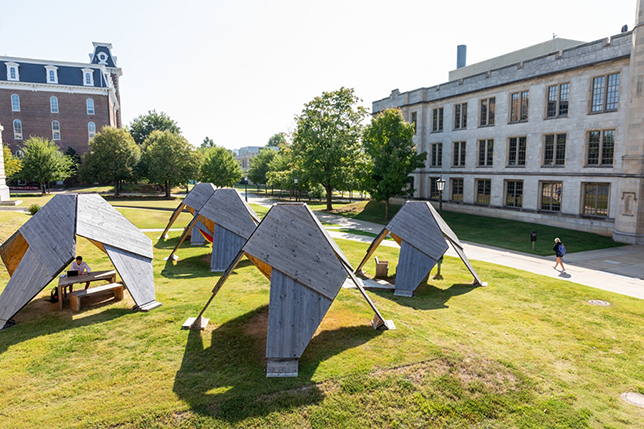
The University of Arkansas is about to embark on a new round of energy-saving upgrades for its campus. The improvements will include the addition of LED lighting; fault detection diagnostics; upgrades to HVAC; and examination of building envelope systems and other retro-commissioning work. In total, the latest project will encompass some six million square feet of facilities.
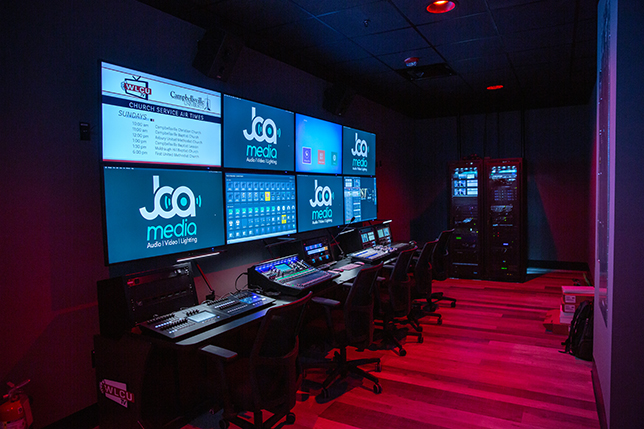
Campbellsville University in Campbellsville, Ky., has partnered with JCA Media to select LynTec, an electrical power control solutions manufacturer for professional audio, video and lighting (AVL) systems, to supply products for the university’s broadcast studios. Integration firm JCA Media has already installed LynTec’s lighting control panels in other buildings around campus.
Floor, furniture and surface protection solutions provider Expanded Technologies recently launched a line of antimicrobial felt for floor protectors. The felt—available as a premium upgrade across its Floor Savers, Floor Protectors, Formed Felt, replacement chair tips, and heavy duty felt pad products—was designed to prevent the spread of germs on surfaces like vinyl, LVT, tile, wood and marble.

K–12 schools and colleges issue ID cards to students, faculty, staff, and sometimes even visitors to campus. The logistics of creating and printing these cards—especially Smart Cards with technical capabilities—are more complicated than you might think. Sponsored by HID Global.
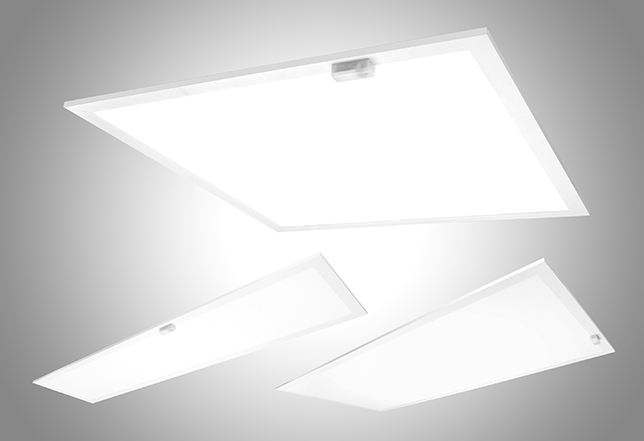
This week, lighting solutions company MaxLite announced the launch of its FlatMax LED Flat Panels featuring field-installable controls as well as field-selectable CCT (color-correlated temperatures) and wattages. The panels serve as a flexible, future-ready product for schools, offices, healthcare facilities, and more.
Low voltage power solutions company Voltek Systems Inc. was featured in a recent episode of the popular home remodeling YouTube series "The Build Show." Host Matt Risinger discussed the installation of low-voltage wired and powered USB outlets that can power devices like smartphones and laptops without the use of a bulky charging brick.
Industrial light fixture solutions company Kenall has announced that its Indigo-Clean technology has been proven in independent lab testing to safely kill 94 percent of viruses, including SARS-CoV-2 and Influenza-A.
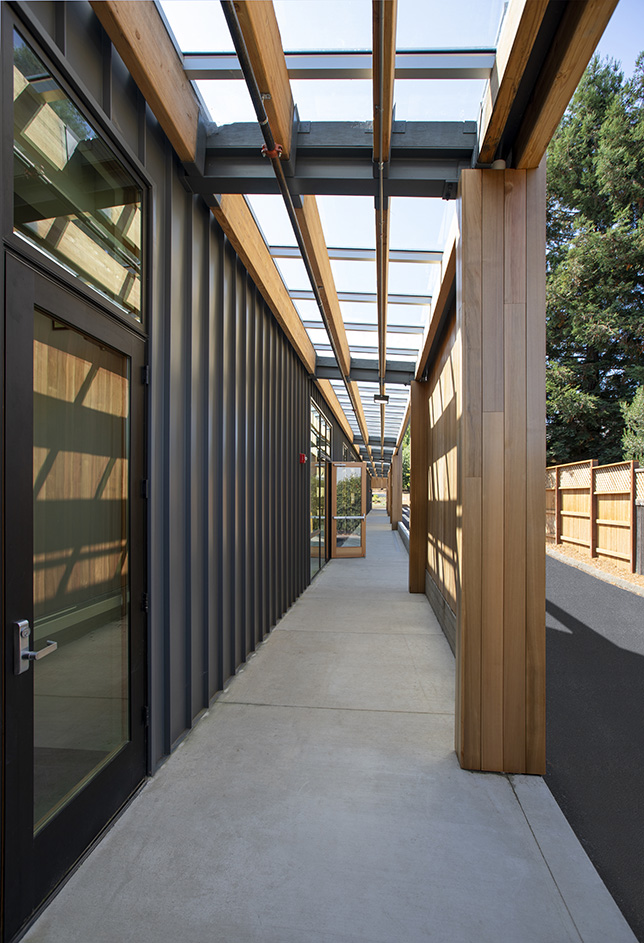
EXTECH/Exterior Technologies, Inc. has provided skylight systems for the new Spring Hill School middle school campus in Sonoma County, Petaluma, Calif. The campus opened its doors to students for the first time for the 2019-20 school year.
The State University of New York College at Cortland (SUNY Cortland) in Cortland, N.Y., is in the process of replacing decades-old outdoor lampposts around campus. Phase I of the three-phase project is scheduled for completion by the end of the summer, and the entire project should be done by fall 2022.
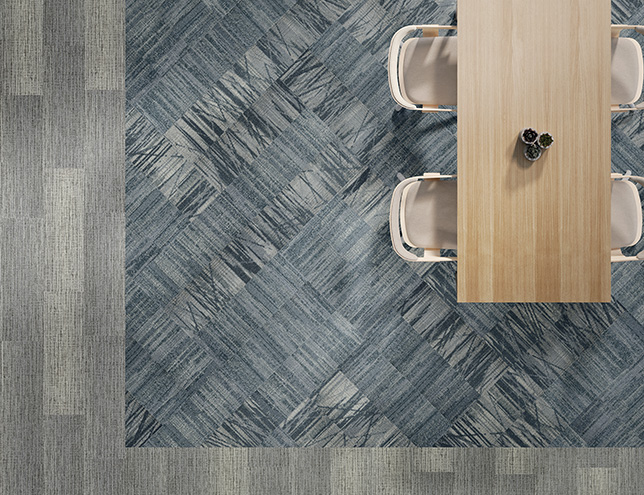
Commercial flooring solutions company Mohawk Group has announced the release of its Data Tide collection, a variety of modular carpet planks with a design evoking the visualization of water.
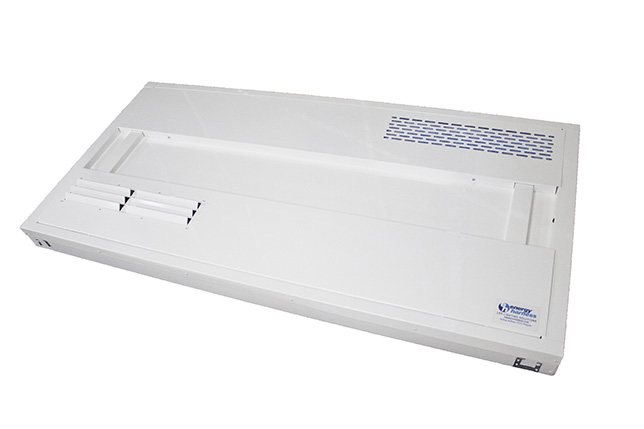
LED manufacturing and distribution solutions provider Energy Harness recently released a new product to help schools combat COVID-19.
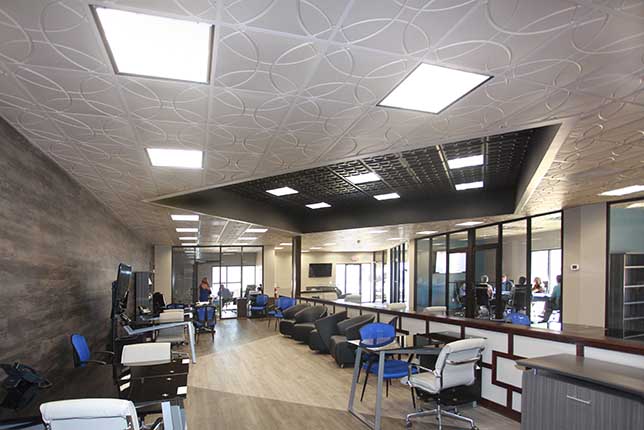
The University of Maryland is a strategic partner of the Techport @ The Airport, a business incubator designed to encourage transfer of technologies developed by the military into the commercial sector. The Incubator provides opportunities for students to gain real world experience and supports programs of the University’s Division of Research and James Clark School of Engineering.
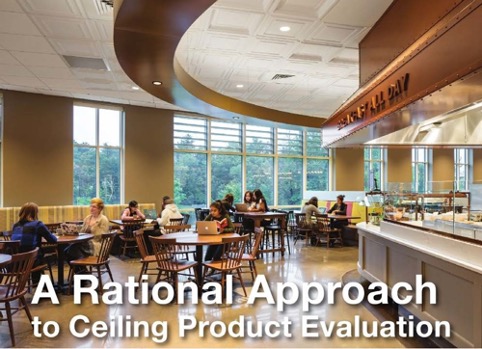
Despite widespread perception that architects and designers are fearless innovators, many, in the author’s opinion, are quite resistant to change. When a product works reasonably well, building professionals tend to stick with it until strong evidence justifies a change.
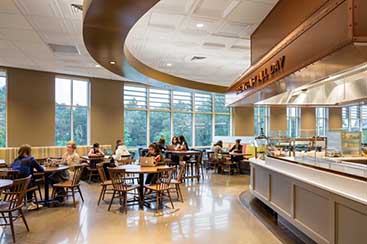
A student cafeteria doesn’t have to feel like a student cafeteria. The new Student Dining Commons at Mount Holyoke College – a 1,000-seat, state of the art, anytime dining center created by Boston design firm Bergmeyer – is intended to offer an inviting, personal experience that evokes some of the school’s long tradition of intimate dining rooms. An important element of that effect is an unusual ceiling.
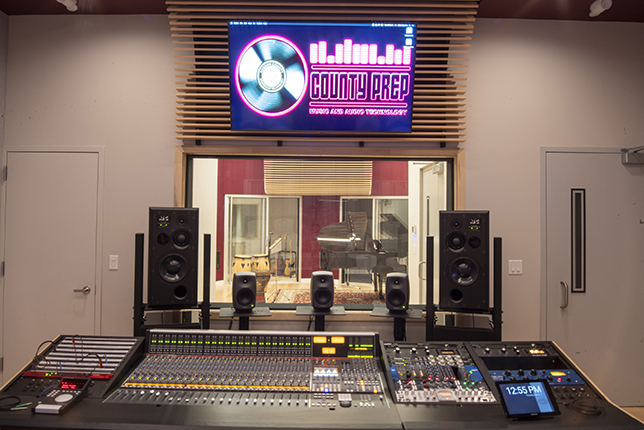
A career and technical high school in New Jersey has added new professional recording gear to one of its teaching spaces. County Prep High School, part of Hudson County Schools of Technology, added hardware from Solid State Logic (SSL), a UK-based company that manufactures analog and digital audio consoles for music and audio production. Students in the music and audio technology program learn how to write their own songs and produce their own music.
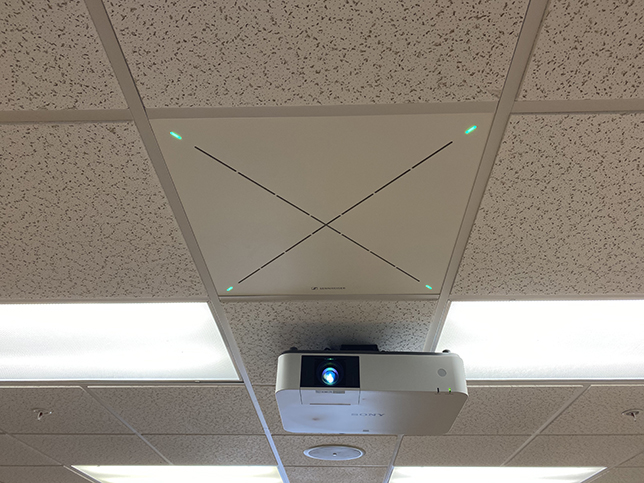
An effort at the University of South Florida has resulted in nearly a hundred classrooms being readied for simultaneous remote and in-person learning. The updates included installation of touchless sound systems and dual cameras.
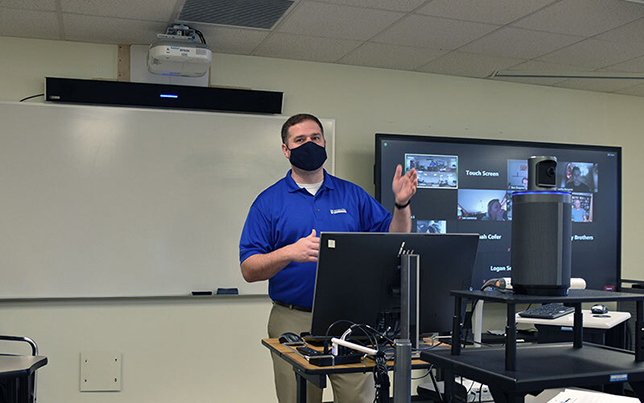
Athens State University, located in Athens, Ga., recently installed Nureva HDL300 audio conferencing systems in almost 30 classrooms on campus.
Throughout the month of March, Boston Public Schools is expanding the number of students it brings back into classrooms for in-person instruction.
The Ann Arbor School Board in Ann Arbor, Mich., approved $63 million in funding for air conditioning and lighting renovations at 13 schools in the district, as well as contracts for future architectural and engineering projects.
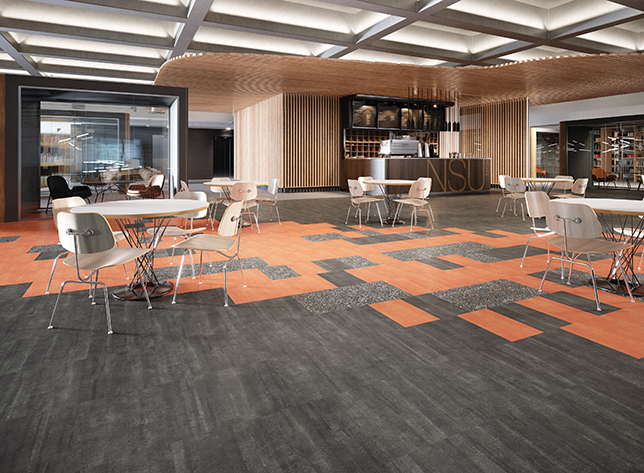
The Mohawk Group has announced the expansion of its Luxury Vinyl Tile (LVT) line, Living Local, with four new styles.
The Bibb County School District in Macon, Ga., announced in a press release that it will be adding needlepoint bi-polar ionization devices to the HVAC systems in each of its schools.
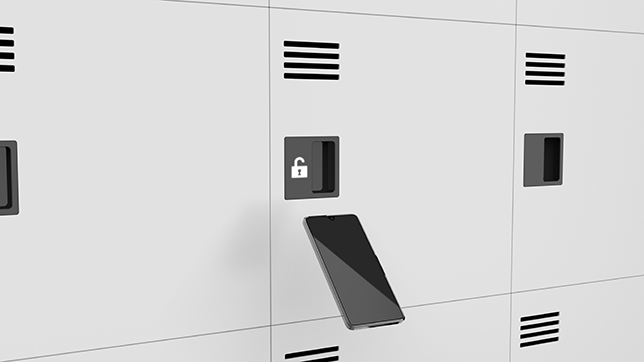
Quadient has become the second-largest provider of parcel locker solutions worldwide after it reached 13,000 installation sites and more than 600,000 lockers overall during FY2020. During the first nine months of the fiscal year, which ended on Jan. 31, 2021, the company reported a 78% increase in the number of packages delivered to its smart lockers.
One of the only remaining components of the $18 million Oakwood City Schools renovation project in Dayton, Ohio, is the installation of a brand-new HVAC system for the high school/junior high building. Currently, about half of the 97-year-old building is running on a new system, and the other half still uses an outdated, steam-heated network, according to school district Operations Coordinator Todd Scott.
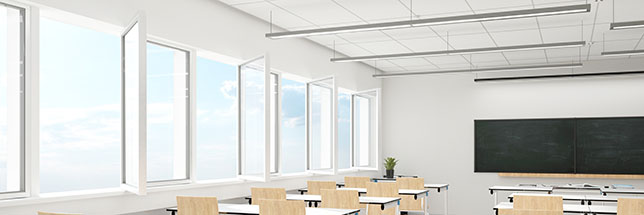
Solutions to modern problems sometimes find their roots in the past. During the tuberculosis epidemic in the early 20th century, many U.S. schools used open-air classroom designs to prevent the virus’ spread among students. Now, during the ongoing coronavirus pandemic, schools are once again turning to this model to allow students the fresh air and proper ventilation necessary for a healthy learning environment.